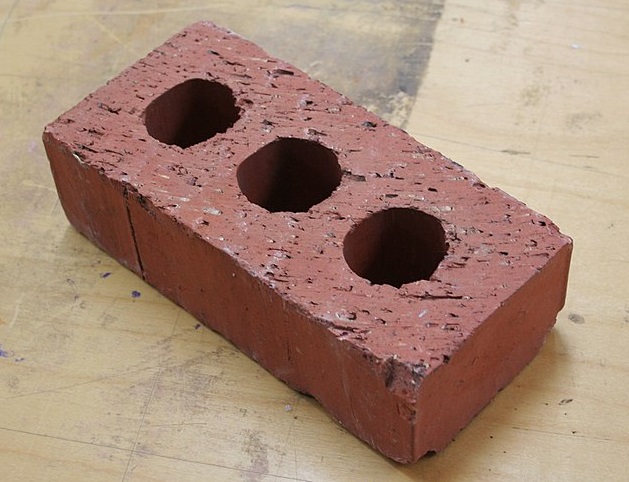Or search by topic
Number and algebra
Geometry and measure
Probability and statistics
Working mathematically
Advanced mathematics
For younger learners
Finding Out!



- Problem
- Student Solutions
- Teachers' Resources
Finding Out!

Many buildings around the world are made of bricks.
Either
- Get hold of one or more bricks to use
or
- Make a brick shape with the materials you have (you could make it solid but you don't have to).
Compare the weight or length or volume of the different bricks you and your friends have.
Now suppose you have two bricks the same.
What is the weight or length or volume of the two together?
What about if you have 3, 4, 5, 6, 7 or 8 bricks?
Explore!
What can you find out?
Why do this problem?
This problem gives a good opportunity for pupils to take a variety of measurements and then to compare their results. It is also a useful context in which to encourage learners to use their chosen equipment accurately and become more fluent in calculating. The activity then opens out to so children can investigate further and explore relationships and patterns for themselves.
Possible approach
A good introduction would be to sit the children in a circle around the bricks and ask them to tell you what they can about the bricks. It is extremely likely that some of their comments will be about size and shape (both 2D and 3D). The children could then be asked to handle the bricks and add further comments about their properties.
You could then follow on with specific questions about length/volume/weight depending on your preferred focus. Or you could encourage the children to pose their own question about putting more than one brick together and then try to answer it for themselves.
Key questions
So what do you think happens when we use more than one brick and put several of them together?
Possible extension
There are a number of different avenues learners might pursue, for example:- They could focus just on one type of measure (e.g. weight) and explore all the different weighing tools available, then decide which is the best and why.
- You could encourage some prediction and generalisations about what measurements they would expect to find for a very large number of bricks.
Possible support
If it's necessary to make some bricks, some pupils may need your support. Alternatively, you could suggest they use some connecting cubes (usually about 2 or 3cm³) to make a brick of their own.
You may also like
The Big Cheese
Investigate the area of 'slices' cut off this cube of cheese. What would happen if you had different-sized block of cheese to start with?
Making Boxes
Cut differently-sized square corners from a square piece of paper to make boxes without lids. Do they all have the same volume?

